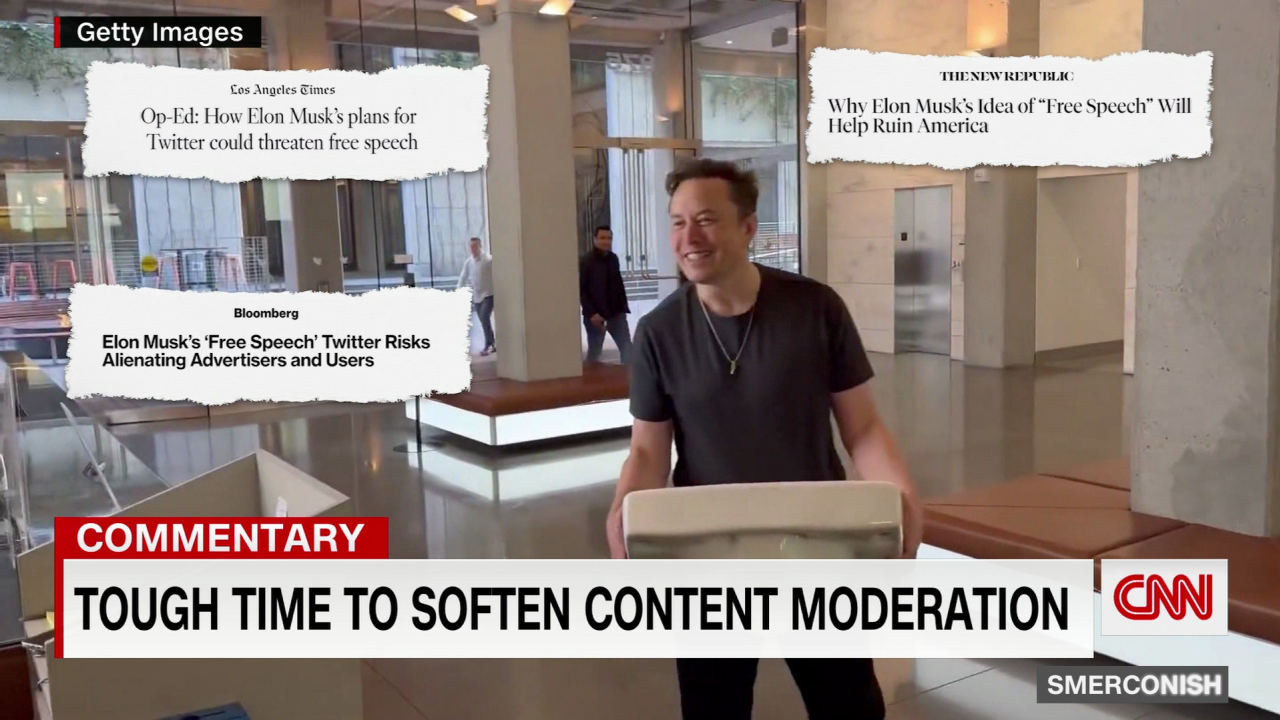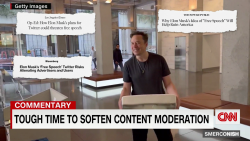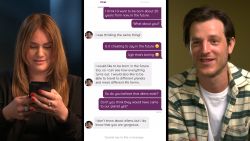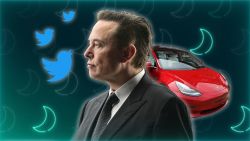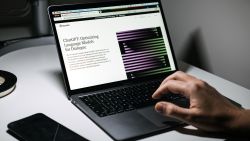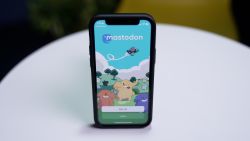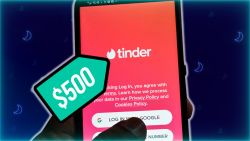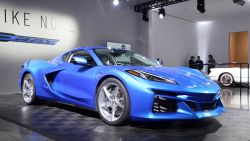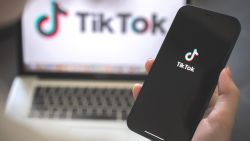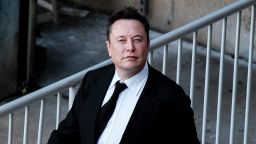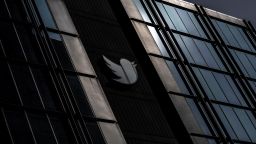In 2009, after Twitter was sued by then-St. Louis Cardinals manager Tony La Russa for being impersonated on the platform, the young company introduced a new feature: a blue and white check mark.
The check indicated that Twitter had verified the accounts of artists, athletes, government officials and agencies and other public figures. The option, which kicked off with plans to verify the Centers for Disease Control and Prevention, was presented as protection for individuals at risk of having their accounts fraudulently imitated and as a benefit to all users — a means of letting people know they could trust information being shared by prominent figures.
It soon became one of the platform’s signature features, copied by rivals like Facebook, and created a new kind of cultural cachet for those who received it. Now Twitter’s new owner, Elon Musk, is looking to overhaul the way verification works, with the potential not only to change who gets a coveted blue check mark, but also to create new headaches for users in spotting fake and fraudulent activity on the platform.
Musk confirmed this week he’s working to launch an updated version of the company’s Twitter Blue subscription service in which any user can pay $8 per month to get or remain verified. The world’s richest man has also used populist language, framing the move as a way to break “Twitter’s current lords & peasants system for who has or doesn’t have a blue checkmark.”
If users buy in, the plan could be a new revenue driver for Twitter, something Musk needs following his $44 billion acquisition of the company, which was partly funded with debt. He has also suggested that verifying more actual, human users could help address the prevalence of fake and spam accounts that he purported to be concerned about during his months-long effort to get out of the acquisition deal.
The logic appears to go something like this: By requiring users to pay for verification, using a bank account or credit card, it would create a higher barrier to entry for inauthentic accounts. Musk said in a tweet Wednesday that if accounts verified under his new system engage in “spam/scam/impersonation, they’ll be suspended, but Twitter will keep their money!” And he said he would create a separate tag that would show up under the name of public figures, similar to how Twitter already identifies government officials and representatives of state media organizations.
But the move could disincentivize certain prominent accounts from being verified, making it harder for users to determine which are authentic. And it’s not clear that it will prevent inauthentic and bot activity either.
“In fact, this is making Twitter a pay-for-play system, and we know that propagandists, people working to spread disinformation and other forms of manipulation via Twitter, are very much willing and able to finance their operations,” said Samuel Woolley, assistant professor at the University of Texas’ School of Information and author of the book “Bots.”
“Most of the propagandists that social media companies are most worried about, like the Russian government, the Chinese government, extremist groups, have a lot of resources,” he said.
Currently, Woolley said, to get past the Twitter verification requirement that users link a cell phone number to their account, bad actors will “buy thousands of smartphones and put them on racks … and that’s a much more costly endeavor than paying an $8 verification fee.” In theory, a person could also pay to verify an account and then allow a computer to run it, thus effectively creating an automated (or “bot”) verified account.
There may be other complicating factors. Users might have concerns about handing over their bank or credit card information to a company that allegedly has major security vulnerabilities, according to a company whistleblower complaint from just months ago. In many parts of the world, people don’t readily have access to banking services. And many regular Twitter users who aren’t worried about being impersonated and don’t care about Twitter “clout” may also simply not care to shell out for a blue check.
It’s also not clear what would stop someone from creating and paying to verify an account fraudulently impersonating someone else, thus undermining the original purpose of the feature. It’s not hard to imagine someone paying to verify themselves as a customer support agent for a particular company and then using the credibility that comes from having a blue check mark to scam unsuspecting customers.
Twitter did not immediately respond to questions about the plan, including how it would prevent such imitation.
Musk has said his goal in buying Twitter is to bolster “free speech,” but some worry that the new subscription option could create a two-tiered speech system, based on who can and can’t afford to pay. With the new plan, for example, subscribers would get priority in replies, mentions and search, as well as the ability to post longer video and audio content while getting half as many ads as free users, according to Musk.
“You’re really saying that the free speech of people who pay is more important than the free speech of people who can’t,” said Jessica González, co-CEO of media accountability Free Press, who was part of a group of civil society leaders who met with Musk earlier this week to discuss content moderation and a recent surge of hateful rhetoric on the platform. “I actually told him … that I think that $8 a month is highly problematic.”
The proposed subscription update has been panned by several high-profile Twitter users, including author Stephen King and Rep. Alexandria Ocasio Cortez. “Lmao at a billionaire earnestly trying to sell people on the idea that ‘free speech’ is actually a $8/mo subscription plan,” Ocasio Cortez said in a tweet Wednesday.
Musk on Wednesday hit back at critics of the plan, saying in a tweet: “To all the complainers, please continue complaining, but it will cost $8.”
–CNN’s Jennifer Korn contributed to this report.

